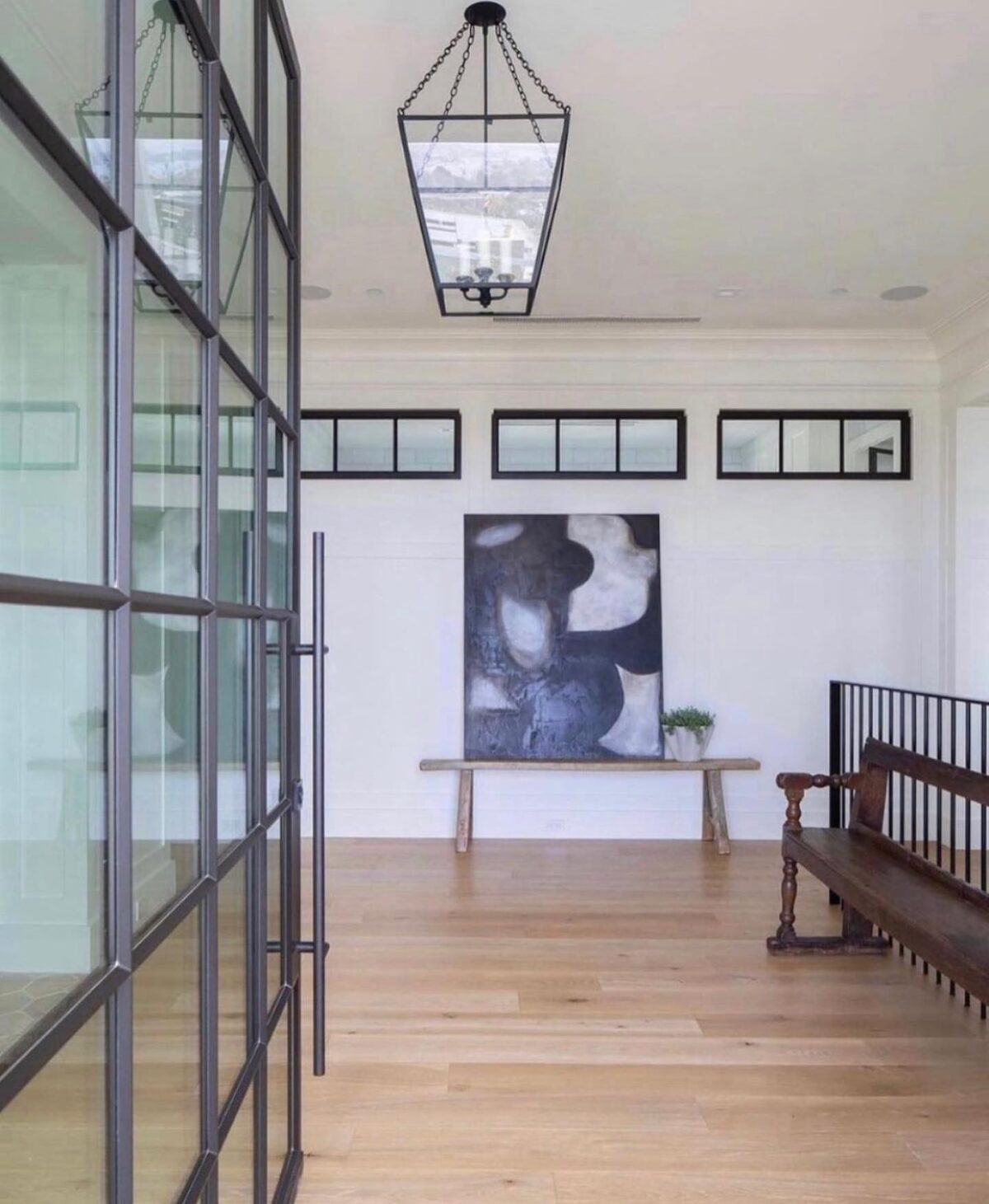Key Takeaways
- Art Deco homes are known for their bold geometric patterns and vibrant colors, which create a striking and visually dynamic look.
- The use of luxurious materials, such as chrome, glass, and rich wood, is a key characteristic of Art Deco homes, adding a sense of sophistication and glamour.
- Sliding doors are a common feature in Art Deco homes, helping to maximize space and create a seamless flow between rooms and outdoor areas.
- Specialty doors, often featuring intricate designs or high-quality materials, are a hallmark of Art Deco homes, adding a touch of artistry and craftsmanship to the design.
- Art Deco homes combine functionality with beauty, creating spaces that are both timeless and elegant, with a focus on symmetry, balance, and modernity.
Art Deco homes are known for their distinctive features, such as flat roofs, smooth walls, and the use of materials like chrome, glass, and marble. These elements come together to create homes that are both functional and visually stunning.
Sliding doors and specialty doors are often key components in these homes, adding to the sleek, streamlined look that defines the Art Deco style. In this blog, we’ll take a closer look at some examples of Art Deco homes, exploring how these unique elements come together to create spaces that are as stylish as they are timeless.
Whether you’re an admirer of the style or looking for inspiration for your own home, these examples will give you a deeper appreciation for the beauty and innovation of Art Deco design. And these will also give you an inspiration to design your own house in the same way.
Examples of Art Deco Homes
The Chrysler Building Apartments, New York City
The Chrysler Building is one of the most iconic examples of Art Deco architecture, and its apartments are no exception. These luxurious spaces are filled with the typical elements of the style: geometric patterns, sleek lines, and a mix of rich materials.
Inside, you’ll find specialty doors that are works of art in themselves, often featuring inlaid wood or metal details that echo the building’s overall design. Sliding doors are also a common feature in these apartments, providing a seamless transition between rooms and helping to maintain the clean, uncluttered lines that are central to Art Deco.
Eltham Palace, London
Eltham Palace is a perfect example of how Art Deco can be combined with other styles to create something truly unique. Originally a medieval palace, it was transformed in the 1930s into a lavish Art Deco home.
The interior is a stunning mix of modern design and historical elements, with every detail carefully considered to create a cohesive and luxurious space. One of the standout features of Eltham Palace is its use of sliding doors. These doors not only save space but also add to the sleek, streamlined look of the interiors.
The doors are often made of rich wood or frosted glass, providing privacy while still allowing light to flow through the space. Specialty doors, with intricate carvings or inlays, add an extra layer of detail and craftsmanship, making each room feel special.
South Beach Homes, Miami
Miami’s South Beach is known for its vibrant Art Deco architecture, and the homes in this area are no exception. These colorful buildings are often painted in pastel hues, with bold geometric patterns and smooth, rounded corners that give them a distinctive, playful look.
The interiors are just as striking, with a focus on open spaces, light, and a seamless connection between indoors and outdoors. Sliding doors are a key feature in many South Beach Art Deco homes, allowing homeowners to easily access outdoor spaces like patios or balconies.
The Empire Apartments, Los Angeles
The Empire Apartments in Los Angeles are a classic example of Art Deco residential design. These apartments are characterized by their clean lines, geometric details, and luxurious materials. Inside, you’ll find high ceilings, large windows, and a focus on symmetry and balance, all of which contribute to the sophisticated, elegant feel of the space.
Casa del Fascio, Como, Italy
Casa del Fascio is an Art Deco masterpiece located in Como, Italy. Designed by the architect Giuseppe Terragni, this building is a stunning example of how Art Deco can be adapted to different cultural contexts. The design is clean and minimalist, with a focus on geometric shapes and a harmonious balance between form and function.
Sliding doors are an important part of the design, used to create flexible spaces that can be easily reconfigured. These doors are typically made of glass or metal, adding to the modern, streamlined look of the interiors.
Specialty doors, with their intricate patterns and high-quality materials, provide a striking contrast to the otherwise minimalist design, adding a touch of luxury and sophistication.
The Hoover Building, London
The Hoover Building in London is a stunning example of Art Deco architecture, originally designed as a factory but now converted into residential spaces. The building’s exterior is adorned with bold geometric patterns and vibrant colors, making it one of the most recognizable Art Deco buildings in the city.
Inside, the apartments feature many of the hallmarks of Art Deco design, including high ceilings, large windows, and a focus on light and space. Sliding doors are used to maximize the flow between rooms, while specialty doors, often with decorative glass panels or intricate metalwork, add a touch of Art Deco glamour.
These elements combine to create a living space that is both functional and stylish, perfectly capturing the spirit of the Art Deco era.
Euroline Steel Windows and Doors – Get Expert Interior Advice
Want to create an Art Deco design in your home? This timeless and iconic style of design makes your house both functional and classic Geometric designs and sleek lines make your house stylish while features like sliding and specialty doors make your house functional.
If you want to know what we can help you with, please check out our products and select one that matches your house’s architecture.


